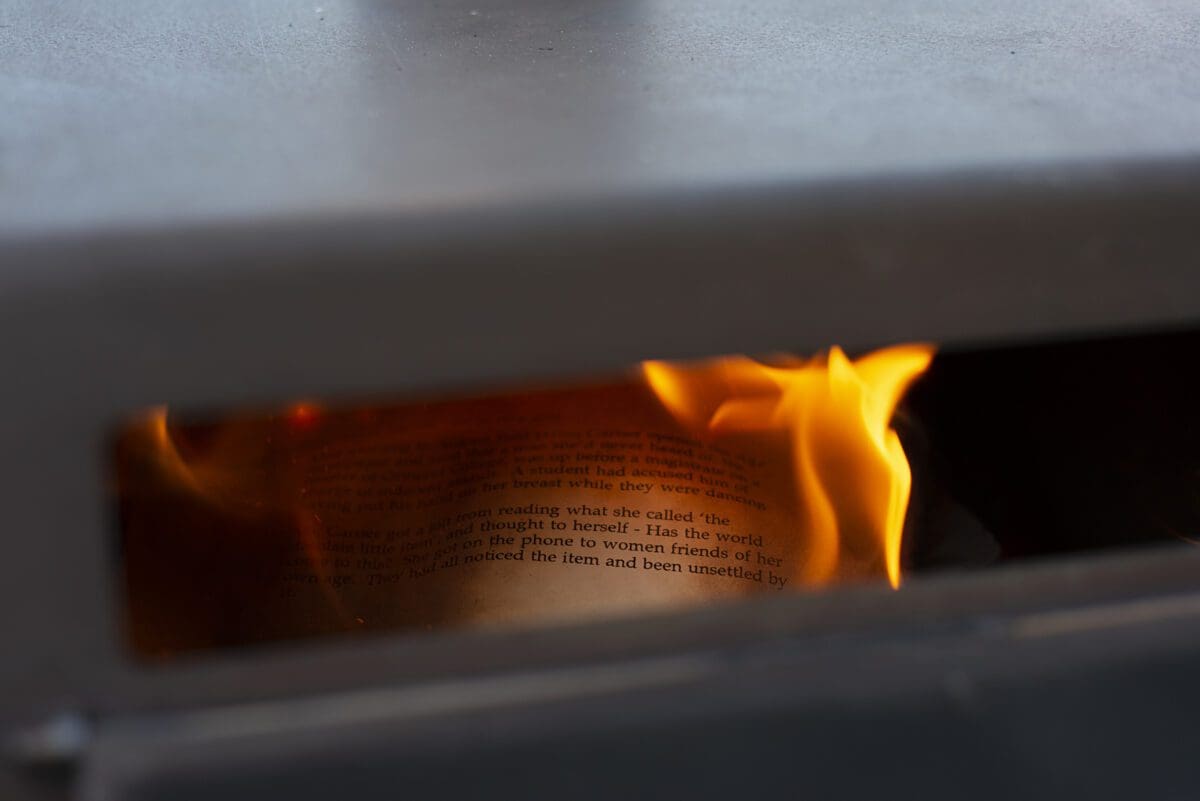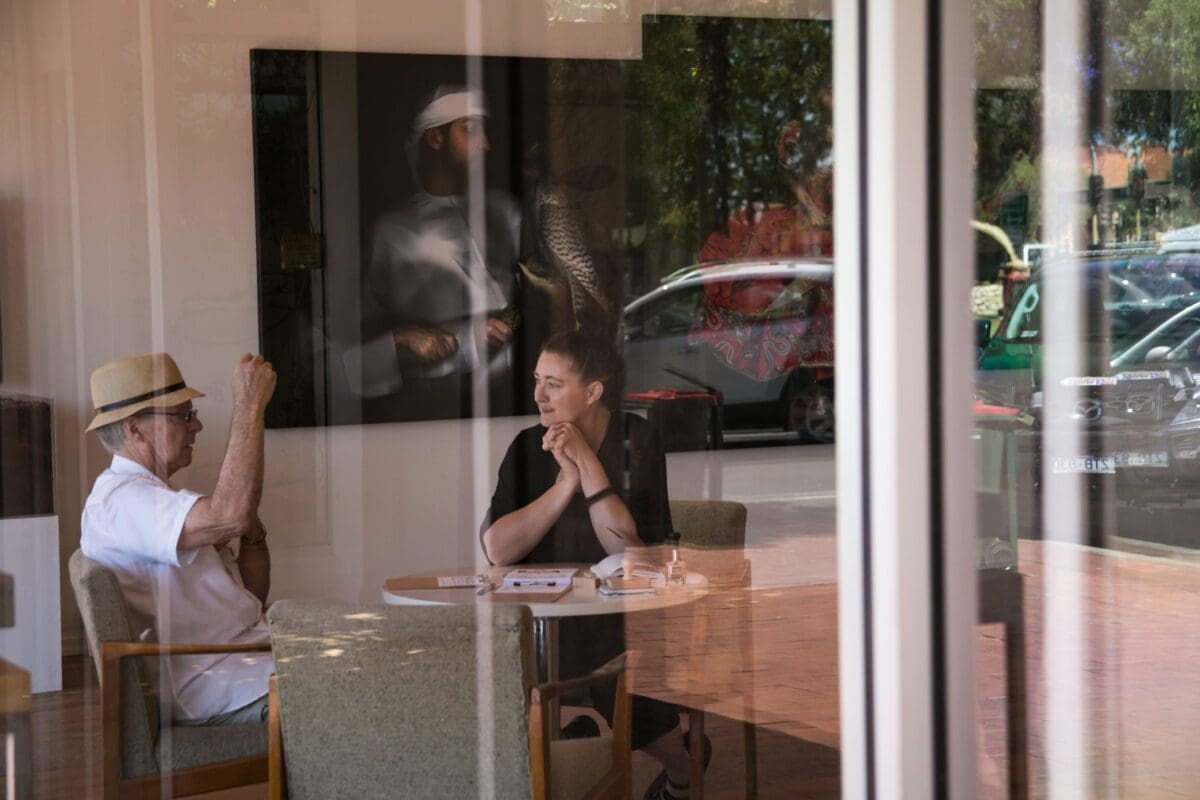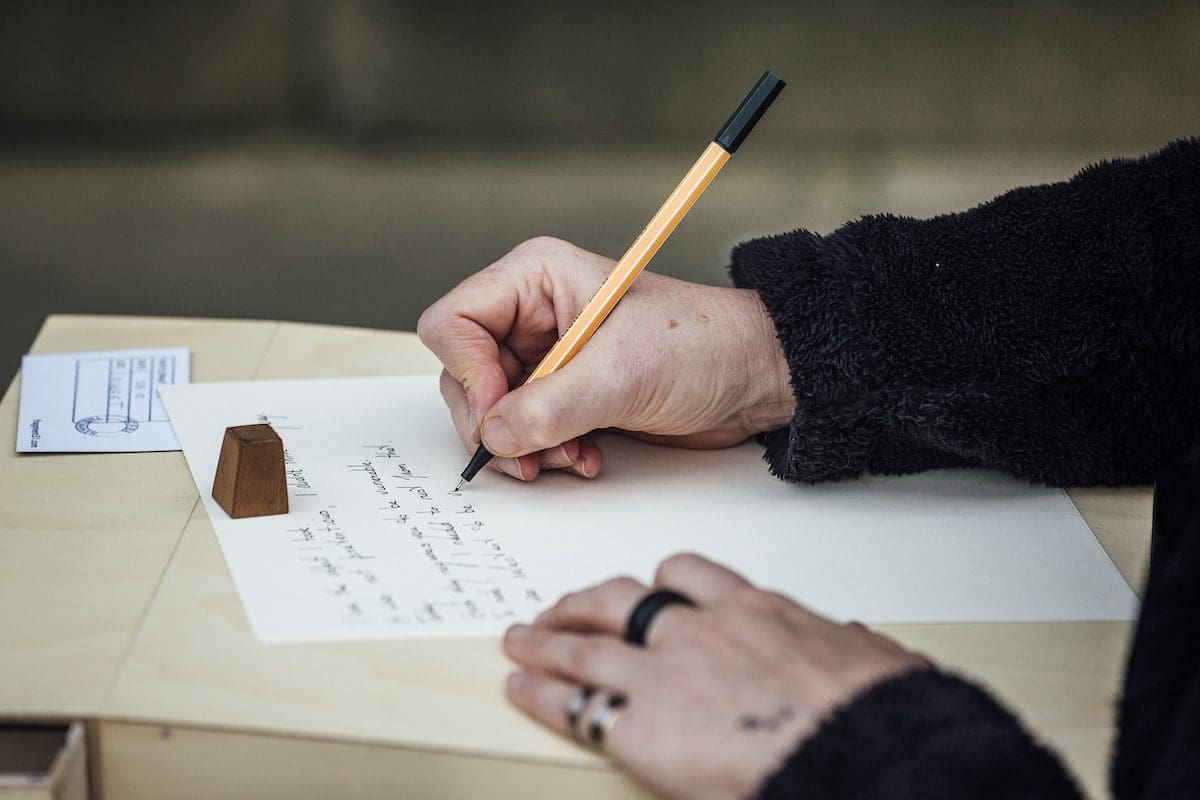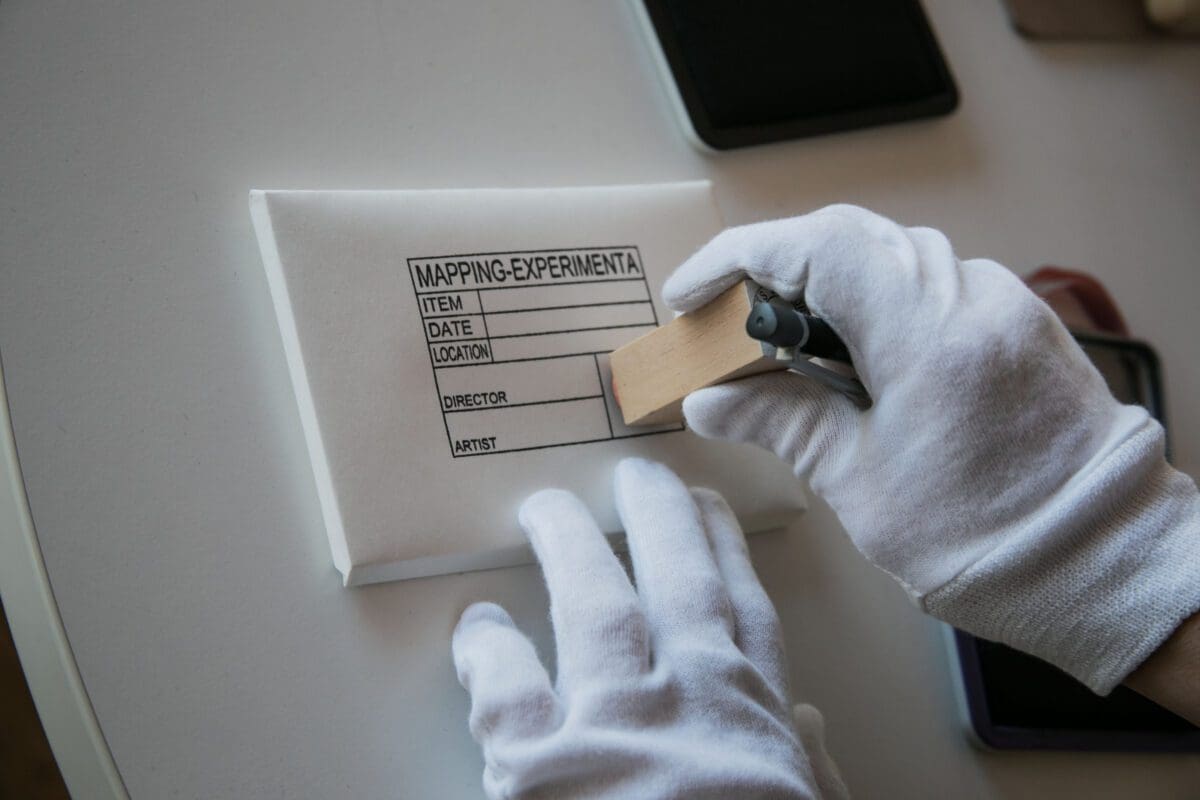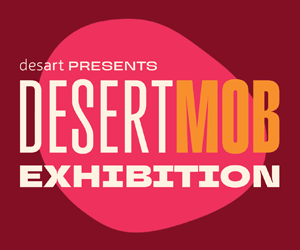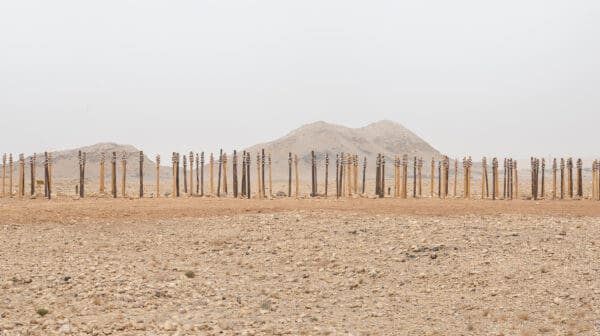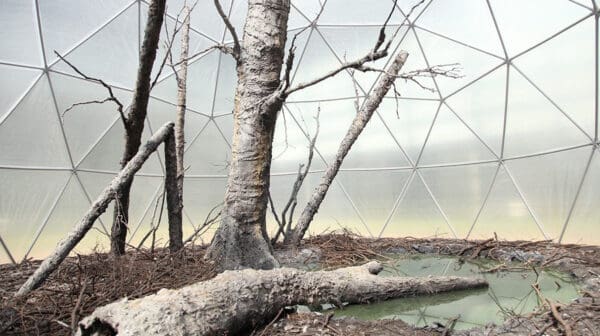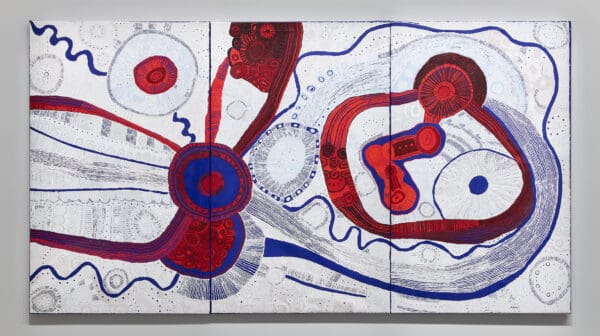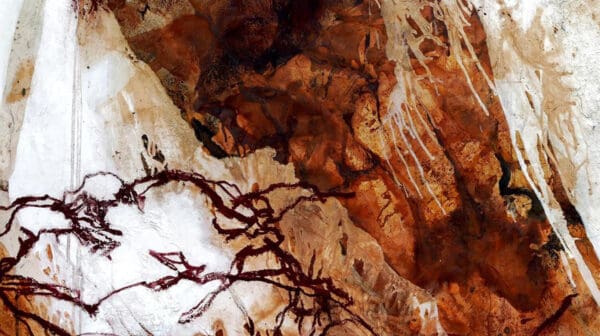Leisa Shelton has been making performance art for over 30 years. For the last 10, her work has involved a variety of archiving—and much of it is entirely accidental. It’s the result of a snowballing effort to capture audience responses and engagement to experimental shows and festivals across the world. Now, for the first time, five of her major works are showing alongside each other in Archiving the Ephemeral at Abbotsford Convent.
“None of this was intentional,” says Shelton of the exhibition. “It began in 2013 with a single commission from Arts House to respond to the new festival they were developing.” From this commission, Mapping was born: a project where Shelton asked visitors to name an experimental Australian artist who has impacted them, effectively building a national archive of significant Australian artists for future generations.
It was supposed to be a one-off project, but has been recommissioned again and again. The exhibiting of former answers, as well as Shelton seeking new answers, will take place at Archiving the Ephemeral. Visitors can view nine floating stainless-steel boxes in which the archives are held, which Shelton describes as “an installation object in and off itself”—and viewers can also add an artist name that has meant something to them.
From this project came Shelton’s idea for Scribe, a live writing project that has been commissioned 18 times at various art festivals across the world, capturing audience responses to the artwork they’ve just seen. Shelton, or one of her ‘scribes’, sit with the participant and record their reaction. She describes how, “freed of writing, people are staying in the felt experience of where they’ve just been”, creating a rare space for an “unfolding of the experience”.
The reactions Shelton has recorded over the years vary greatly. She recalls her awe at one participant asking, “Where does the movement that was humming in my body during that performance go when I sleep?” Another, responding to a video work by Maree Clarke, said, “I have never understood the depth of the relationship to Country. I hear it all the time, I read it in the news, and think, ‘Get over it, we all have that’. And I sat in that room and felt it for the first time. And now I see where the anger is coming from.”
In a new work for the show, Shelton has invited fellow artist’s Jill Orr and STELARC to participate in Performing the Archive, in which audience members are selected via a ballot to sit and talk with the artists about pivotal moments in their respective careers. “It’s an oral history,” says Shelton. “It’s passing on this lineage of practice directly from the artist to you.”
Shelton describes the importance of acknowledging and contributing to the heritage of oral history in this country. It is an archive in itself, and one that requires trust in the engagement of the audience, and their willingness to preserve an artwork through retelling.
From this perspective, addendum seems like a very natural progression of Shelton’s practice. The work occured in 2019, with Shelton taking her 30 years of culminated art practice and staging a durational burning of her full archive. The ash from each project was kept, bound, hand-sewn, labelled, and the full collection of over 140 packages is now on display for Archiving the Ephemeral.
Shelton does not see the burning as a destruction of her archive, as she hopes the work will live in others’ experience of it. “Can we be the archive for one another? If my work has mattered to you, will you carry it forward? Will you name me?”
Archiving the Ephemeral
Leisa Shelton
Abbotsford Convent
14—22 April





